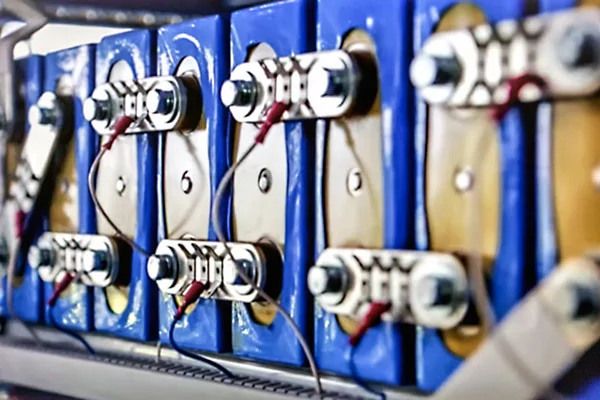Electrochemistry Applications

Electrochemistry is concerned with the range of oxidation-reduction (redox) reactions that cause electrons to transfer between the molecules of reactants. It is the study of the relationship between electricity and an identifiable chemical change, which was first observed in 1780.
The chemical aspect of this relationship was largely ignored until Michael Faraday established the fundamental laws of electrolysis, laying the groundwork for modern voltaic technology. Yet the chemical aspect of many redox reactions remains ambiguous, particularly with respect to the specific interfacial behaviour between electrodes and electrolytes.
Mass spectrometry was first highlighted as an essential tool for electrochemical gas analysis by Bruckenstein and Gadde in 1971. They explored the use of a porous electrode for real-time determination of volatile electrode reaction products using an electron impact ionizer. This electrode contacted the electrolytic solution on one side and the high-vacuum chamber of a mass spectrometer on the other, facilitating the rapid identification of products generated in a typical electrochemical reaction. This in-situ dissolved gas and off-gas analysis at the electrode surface provided a much better understanding of the reactions that occur in a galvanic cell or half-cell structure.
Differential electrochemical mass spectrometry (DEMS) is a sophisticated tool that was engineered to improve upon this pioneering method. This technique has been improved and now offer quantitative insights into cell chemistry by integrating a mass spectrometer with a nanoporous gas diffusion electrode, enabling the acquisition of mass ion currents proportional to the electrode’s faradaic current.
Hiden Analytical manufacture several different Mass Spectrometry systems specifically for measurement and investigation of a wide variety of these Electrochemical applications. Thereby being a powerful tool for the researchers to gain insight and expand knowledge.
To see the systems used in this field, please visit the link below:
